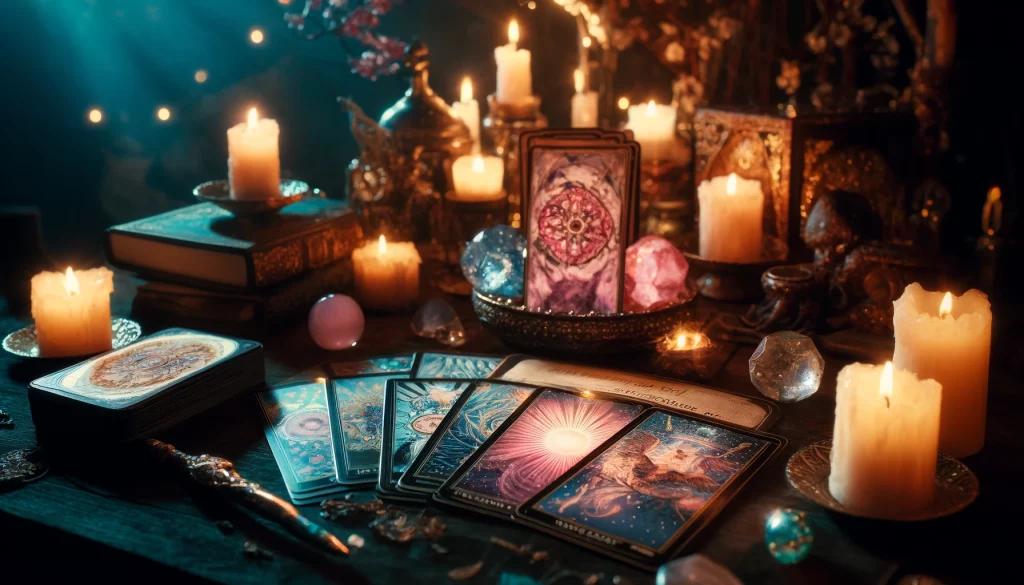Tarot 101: The Beginner’s Guide to Reading Your Own Cards
Have you ever been intrigued by the mysterious world of tarot cards? Whether you’re looking for guidance, self-reflection, or just a fun hobby, reading tarot cards can be a rewarding and enlightening experience. In this beginner’s guide, we’ll walk you through the basics of tarot reading, helping you unlock the secrets of the cards and start your journey into the mystical world of tarot.

Choosing Your Deck
The first step in learning tarot is choosing the right deck. There are many different designs and themes to choose from, but the most popular and beginner-friendly is the Rider-Waite deck. Look for a deck that resonates with you, as you’ll be spending a lot of time with these cards.
Understanding the Structure
A tarot deck consists of 78 cards, divided into two main sections: the Major Arcana and the Minor Arcana. The 22 Major Arcana cards represent significant life events and spiritual lessons, while the 56 Minor Arcana cards focus on day-to-day experiences and challenges. Familiarizing yourself with the meanings of these cards is crucial to becoming a skilled reader.
Getting to Know Your Cards
Spend time with your deck to get to know each card. Look at the images, read about their meanings, and reflect on what they mean to you personally. You might want to pull a card each day and meditate on its message. Keeping a tarot journal can help you track your progress and deepen your understanding.
Shuffling and Drawing Cards
Before a reading, take a moment to clear your mind and focus on your question or intention. Shuffle the cards thoroughly, ensuring you mix them well. When you feel ready, draw your cards. For beginners, a simple three-card spread (past, present, future) is a great way to start. As you gain confidence, you can explore more complex spreads.
Interpreting the Cards
Each card in a tarot deck has a specific meaning, but interpretation also relies on your intuition. Start by looking at the traditional meanings, but don’t be afraid to trust your instincts and personal insights. The position of the card in the spread can also influence its interpretation, adding layers of depth to your reading.
Practice, Practice, Practice
Like any skill, becoming proficient in tarot reading requires practice. Read for yourself regularly and offer readings to friends and family. The more you practice, the more comfortable you’ll become with the cards and their meanings. Over time, you’ll develop your unique reading style.
Trusting Your Intuition
Tarot reading is as much about intuition as it is about knowledge. Trust the insights and feelings that arise during your readings. The cards are a tool to tap into your inner wisdom, so don’t be afraid to follow your gut instincts. With practice, your intuition will become sharper, and your readings more accurate.
Ethical Considerations
As you start reading for others, it’s essential to approach tarot with respect and ethical consideration. Be honest about your level of experience and avoid making predictions or giving advice on serious matters like health or legal issues. Tarot should be a tool for guidance and self-reflection, not a definitive answer to life’s problems.
Embarking on the journey of learning to read tarot cards can be both exciting and transformative. By following these basic steps, you’ll be well on your way to unlocking the mysteries of the tarot and discovering a deeper connection to yourself and the world around you. Happy reading!












